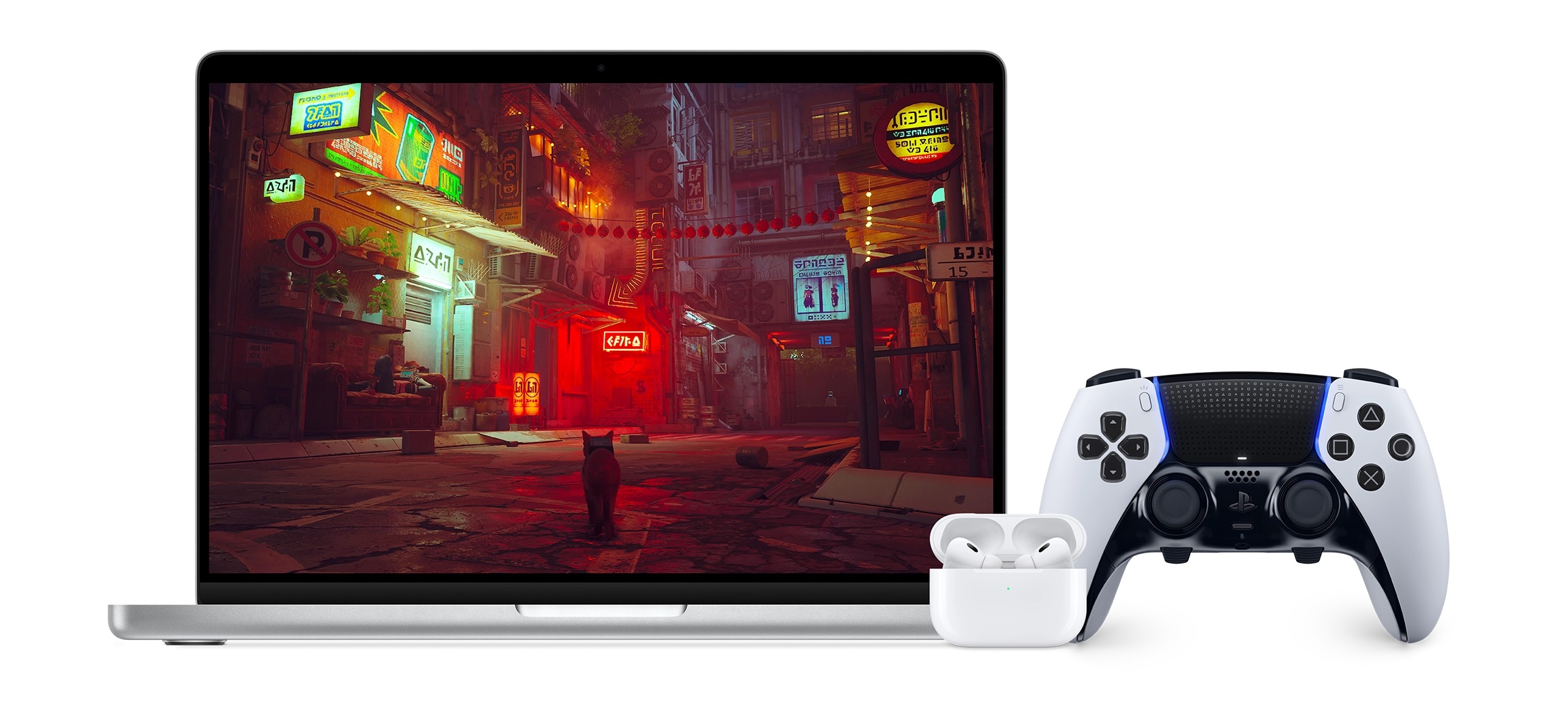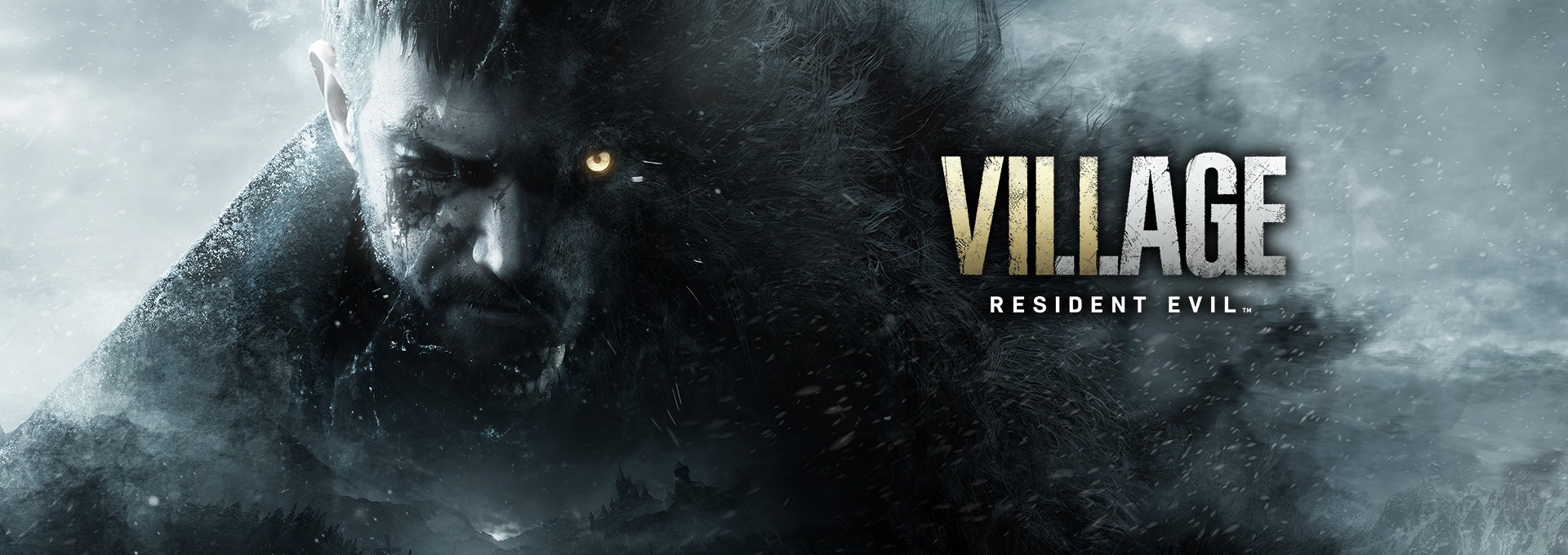With the release of the iPhone 15 Pro, it has become clear that Apple is aiming to open much more towards gaming than ever before. Nowadays, it's not so commonly known, but during the Steve Jobs era of Apple, they did target this multi-billion dollar sector several times.
When Apple made its first set of personal computers, Jobs worked for Atari too (an American video game console developer), which greatly influenced the machines he envisioned. They were designed to be perfectly suitable for both work and play. They released several self-made games on cassette tapes for them, but this line quickly died out: most people had computers running the Windows operating system, so it wasn't profitable for game developers to make their games for this platform as well. This remains Apple's biggest problem in the gaming market today.
Later, the company attempted to release its own game console under the name Pippin, which was basically a complete failure. It became clear to them at this point that the Windows platform was unbeatable in the realm of computer games. Their next attempt can be linked to the release of the iPod, with a few simple games pre-installed, which could be controlled with the device's four buttons. As iPods evolved and the touchscreen interface appeared, games became increasingly popular and enjoyable. With the release of the iPhone and the App Store, so-called 'casual' games really took off, which are simple, easily understandable, and enjoyable even with just a few minutes of gameplay (such as Candy Crush). Due to the easy accessibility of mobile phones, this has also become a multi-million dollar industry, of which Apple still owns a large slice.
Technological Background
The M series chips introduced by Apple were revolutionary and brought significant change to the Apple ecosystem. This unique chip powers various devices, from Mac computers to iPad models. Naturally, the latest iPhones also operate on similar foundations starting from the iPhone 15 Pro.
The new chips integrate the functions of both the CPU and GPU into a single efficient package, eliminating the need for separate components in the computer. The first M1 series brought an average performance improvement of around 30% compared to their Intel counterparts. Apple is now on the 3rd series with the release of the M3, which is approximately 40% faster than the M1. However, its greatest advantage lies not necessarily in performance but in efficiency. It requires much less power than an average processor or graphics card, guaranteeing significantly longer battery life without charging, and it also heats up less. Most models do not have active cooling (e.g., fans), and even during high-demand tasks such as video editing, it's rare to notice performance dropping.
One of the most defining elements of the M series chips is the unified architecture within Apple's ecosystem. This uniformity means that developers' applications and games made for MacOS run smoothly on the iPad and iPhone as well. The reverse is also true; applications designed for the iPhone can easily run on Mac computers. However, this is still an entirely new platform compared to Windows, where developers need to optimize their games separately. As a solution to this, Apple has created the Game Porting Toolkit.
Game Porting Toolkit (GPT)
As mentioned above, most game development companies do not engage with the Apple platform because it's too small of a market for them, and in many cases, it's uncertain whether the hardware can even run their games. To receive validation on whether their game could run on this hardware, Apple released a tool that allows Windows applications to run in a MacOS environment.
Apple only supports its own graphics layer (Metal), so Windows applications cannot communicate with Apple hardware. Modern applications mainly use Vulkan or DirectX. To bridge this gap, the MoltenVK library was developed, which can convert Vulkan commands into Metal commands, thus ensuring compatibility. The GPT is a similar package supporting DirectX.
The Game Porting Toolkit is a compatibility layer based on the CrossOver source code developed by Codeweavers. It aims to enable Windows applications to run in a MacOS environment. The company is working on several similar projects, such as WINE, which solves similar problems in Linux environments. They have also participated in the development of Proton, which enables compatibility of Windows games with the Steam Deck.
Due to how it operates, it adds an additional layer between the application and the system, which slightly reduces performance. This greatly depends on the application's structure and complexity, but there may be stuttering and graphical glitches in the end result. Nevertheless, it can offer an acceptable alternative for those who want to play on MacOS.
Aside from several applications, we mainly examined the game called Stray. In some instances, it produced nearly a 50% performance drop compared to the native version, but in many cases, it was almost unnoticeable that we were not running the game on a native platform.
Based on our own tests, depending on the application, we can run Windows applications with approximately a 5% to 40% performance loss. This is much better than using a virtual machine, but it's clear that more complex applications, such as games, are still far from native versions. Often, the application simply fails to start, citing various error messages. In our article, we wanted to demonstrate the setup of a Windows-compatible application with Sims 4, but unfortunately, it didn't start.
 Credit: Apple
Credit: Apple
After installing CrossOver, we can create so-called Bottles within the application, which contain a specific installation and are independent of each other. They provide pre-made installers, and when creating a new Bottle, we can select Steam, for example, which will then start without any issues. Games installed from Steam will then be installed in this Bottle and run in compatibility mode. For some games, this is enough to run them, but before installation, it's advisable to check compatibility on the CrossOver website, as many applications may require additional settings and modifications. In some cases, for more complex applications, installing various utility software may also be necessary to run them.
Overall, neither virtual machines nor compatibility layers replace the work of developers. Still, they provide users with the opportunity to play on the Apple platform and bring the gaming culture closer to the ecosystem. Unfortunately, the problem remains that it's not profitable for developers to develop games for this small market, which in turn prevents the market from growing.
Gaming on iPhone - Resident Evil Village
Recently, Resident Evil Village arrived on Apple devices. The new iPads, Macs, and to the surprise of many, even the most powerful iPhones can run the game. Village fully utilizes the A17 Pro chip in the phone, enabling hardware-level Ray Tracing technology for the first time. Thanks to this, the lights and shadows in the game are extremely lifelike, deepening the immersion in the horrific environment. The game offers numerous graphical settings, such as textures, models, and the quality of lighting effects, but unfortunately, on the iPhone, we cannot fully utilize these if we want a smooth gaming experience. On the phone, around 30 FPS is typical with suitable settings, but even at maximum settings, it often drops below this. The game's graphics on the smaller screen of the iPhone are beautiful, but still not on par with the visual world of PC gaming. On a larger screen, it rather resembles the level of previous-generation consoles like the PS4. The spatial sound is very good, especially when using headphones, for which the game offers an optimization setting.
Using the built-in virtual controller on the screen is less than ideal for the game's dynamic elements, such as running, aiming, and shooting simultaneously. Besides covering almost half of the screen, our fingers often slip and press the wrong button, which is very frustrating. Fortunately, numerous Bluetooth controllers, including Playstation and Xbox controllers, can be connected, providing a seamless gaming experience. There are also many controllers available that can be attached to the phone, effectively turning it into a handheld console.
During gameplay, Resident Evil Village noticeably strains the iPhone 15 Pro, and the back of the device heats up significantly. Nevertheless, with the right settings, the performance doesn't drop even when charging, we also didn’t experience freezing or crashes. In terms of gameplay time, the iPhone 15 Pro performs excellently, consuming approximately 25% of the battery in 1 hour of gaming, although this greatly depends on the battery's condition as well.
 Credit: Steam
Credit: Steam
The game's price is quite high, 15,000 HUF (39.99 USD) for the base game, with additional DLCs available. The positive aspect is that there is a limited free trial. Currently, alongside Village, Resident Evil 4 Remake and Death Stranding are available, and shortly, Assassin's Creed Mirage will also be released.
Resident Evil Village provides an enjoyable gaming experience on the iPhone 15 Pro, especially with an external controller, but games on mobile devices still cannot be compared to their PC counterparts, considering we're still talking about a phone. For a first attempt, we think it turned out surprisingly well, and we eagerly await the next generation of iPhones and the games that come with them.
If Apple manages to approach the performance of newer generation consoles, even in Full HD, they have a good chance in the triple-A gaming market.
Article written and edited by: K. Tibor and S. Dávid Translated by: F. Flóra





